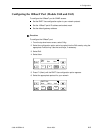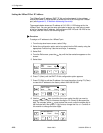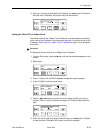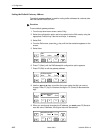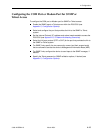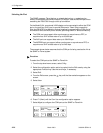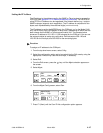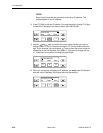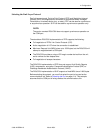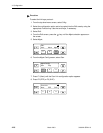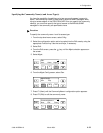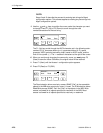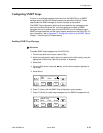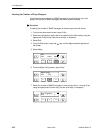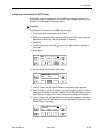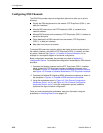
4. Configuration
3160-A2-GB24-10 March 2001
4-17
Selecting the Link Layer Protocol
Two link layer protocols, Point-to-Point Protocol (PPP) and Serial Line Internet
Protocol (SLIP), are supported for connection to an external SNMP manager,
Telnet device, or network device (e.g., a router). PPP can be used for synchronous
or asynchronous operation. SLIP can be used for asynchronous operation only.
NOTE:
The carrier-mounted DSU/CSU does not support synchronous operation on
the COM port.
The standalone DSU/CSU implementation of PPP supports the following:
Full negotiation of PPP’s Link Control Protocol (LCP).
Active negotiation of LCP when the connection is established.
Maximum Request Unit (MRU) sizes up to 1500 bytes, but the DSU/CSU will
attempt to negotiate down to 500 bytes.
The DSU/CSU provides a unique LCP magic number derived from the unit
serial number and the elapsed time.
Full negotiation of escape characters.
The DSU/CSU implementation of PPP does not support Link Quality Reports
(LQR), compression, encryption, Password Authentication Protocol (PAP) or
Challenge Handshake Authentication Protocol (CHAP).
The DSU/CSU implementation of SLIP supports a fixed MRU size of 1006 bytes.
Before selecting the protocol, you must first select the port to be used as the
communications link. Refer to
Selecting the Port
on page 4-14. This example
assumes that the COM port is being used as the communications link.



